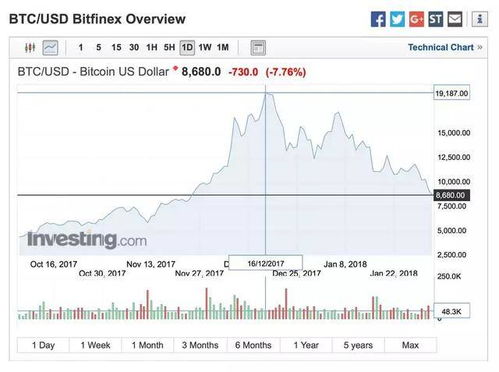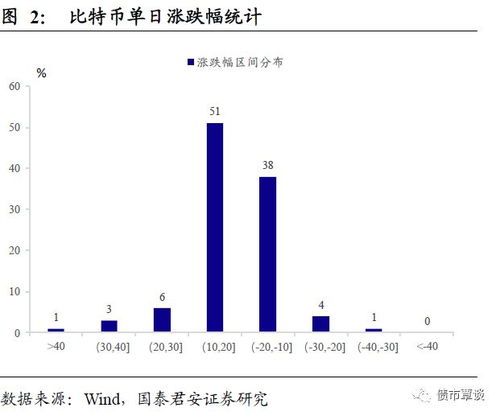Introduction

Bitcoin, the world's first decentralized cryptocurrency, has experienced significant growth over the years. This article aims to explore the various factors contributing to the growth of Bitcoin's market value and its increasing popularity among investors and consumers.
Technological Advancements

One of the primary reasons for Bitcoin's growth is its underlying technology, blockchain. Blockchain provides a secure, transparent, and decentralized platform for transactions, eliminating the need for intermediaries. This technology has gained widespread recognition and has been adopted by various industries, contributing to Bitcoin's growth.
Scarcity and Supply Limitation

Bitcoin has a finite supply of 21 million coins, making it a scarce asset. This scarcity, combined with the fact that new bitcoins are created at a predictable rate, has created a sense of urgency among investors to acquire Bitcoin before it becomes scarce. This has driven up demand and, subsequently, the price of Bitcoin.
Economic Factors

Economic factors such as inflation, currency devaluation, and geopolitical instability have also contributed to Bitcoin's growth. Investors are turning to Bitcoin as a hedge against traditional financial systems, seeking a store of value that is not subject to the same risks as fiat currencies.
Regulatory Environment

The regulatory environment has played a significant role in Bitcoin's growth. While some countries have implemented strict regulations on cryptocurrencies, others have adopted a more lenient approach, allowing Bitcoin to thrive. This has led to increased adoption and investment in Bitcoin, further driving its growth.
Market Speculation

Market speculation has been a major driver of Bitcoin's growth. As Bitcoin's price has increased, more investors have entered the market, driven by the potential for high returns. This speculative behavior has contributed to the volatility of Bitcoin's price, but it has also fueled its growth.
Adoption by Businesses and Consumers

The increasing adoption of Bitcoin by businesses and consumers has also contributed to its growth. More companies are accepting Bitcoin as a form of payment, and more consumers are using Bitcoin for everyday transactions. This has helped to establish Bitcoin as a legitimate and widely accepted currency.
Conclusion

In conclusion, the growth of Bitcoin can be attributed to a combination of technological advancements, scarcity, economic factors, regulatory environment, market speculation, and adoption by businesses and consumers. As Bitcoin continues to evolve, it is likely that its growth will continue, making it an increasingly important asset in the global financial system.
